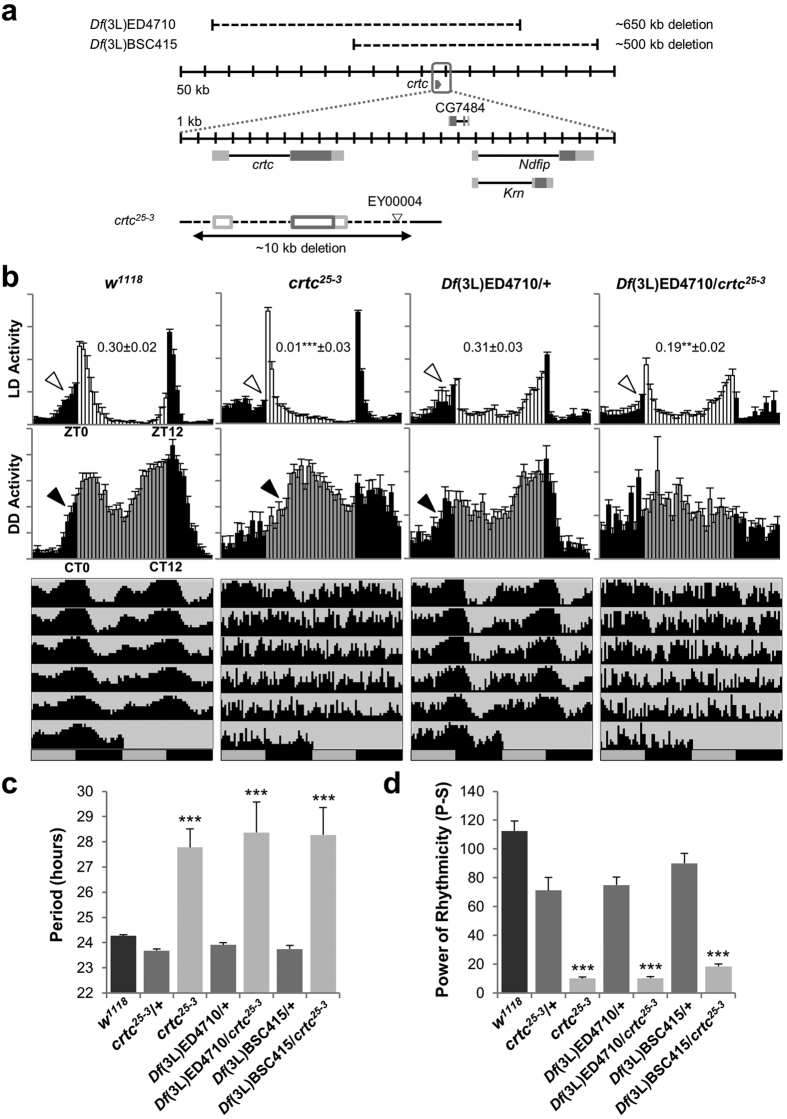Figure 1. Drosophila CRTC is necessary for robust circadian behaviors.
(a) A schematic diagram of crtc mutant alleles. Dark-gray boxes, the translated regions of exons; light-gray boxes, untranslated regions. (b) Male flies homozygous or trans-heterozygous for crtc mutant alleles show long but poor rhythms in circadian behaviors. Normalized activity profiles in LD cycles (top) or on the first day of DD cycles (middle) were averaged from individual flies. Averaged actograms throughout the behavioral analyses were double-plotted (bottom). Anticipatory increase in locomotor activities prior to lights-on (i.e., morning anticipation) was quantified by calculating morning index in individual flies as described in Materials and Methods. Averaged morning index values +/− SEM were shown in the LD activity profiles. White arrow heads, morning anticipation in LD cycles; black arrow heads, morning anticipation in the first DD cycle; white/black bars, LD cycles; gray/black bars, DD cycles; ZT, zeitgeber time; CT, circadian time. Error bars indicate SEM. (c) Circadian periods in DD locomotor rhythms were averaged from rhythmic flies (P-S > 10; see below). ***P < 0.001 to wild-type (w1118) and all heterozygous controls as determined by one-way ANOVA, Tukey post hoc test. Error bars indicate SEM. (d) Rhythmicity in free-running locomotor behaviors was determined by measuring power (P) - significance (S) values from the chi-squared periodograms of individual flies and averaged per each genotype. ***P < 0.001 to wild-type (w1118) and all heterozygous controls as determined by one-way ANOVA, Tukey post hoc test. Error bars indicate SEM.

